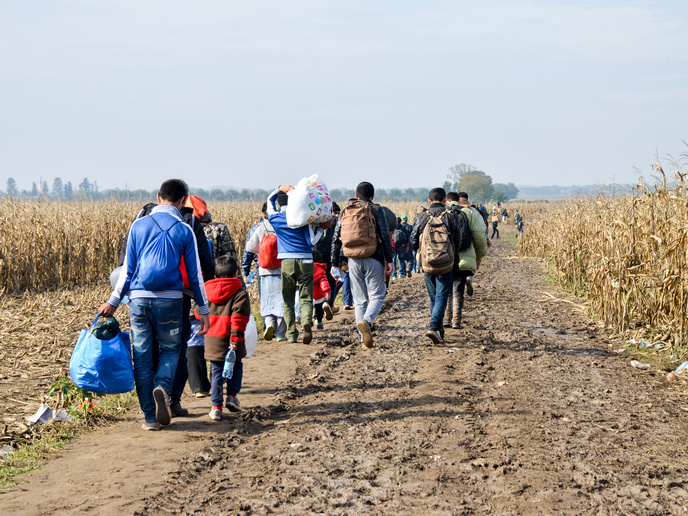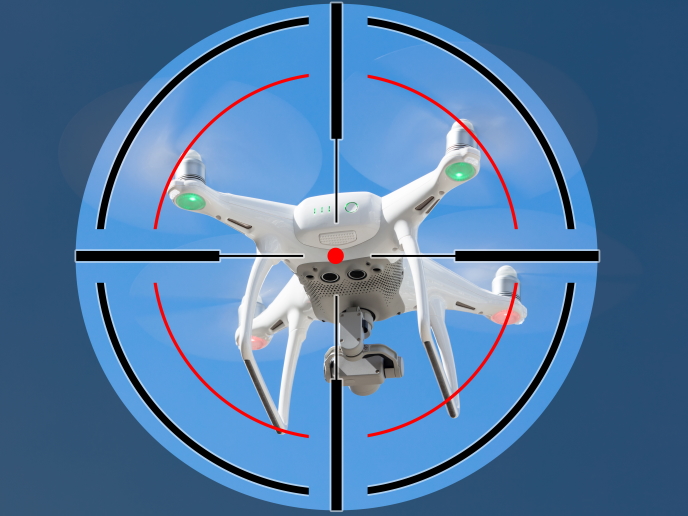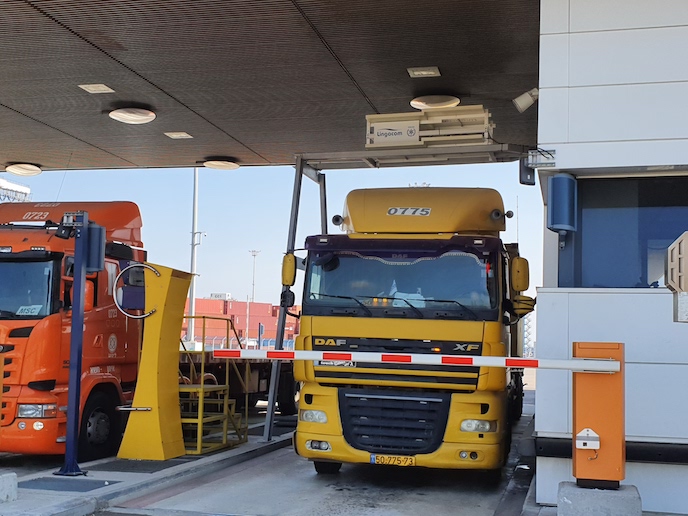Building for better border safety
Borders are busy places, and in our complex world, they present many security challenges. Border officials have systems in place to identify challenges, but these tools have shortcomings, particularly when it comes to considering a broader understanding of risks including those related to exploitation or smuggling of migrants. The EU-funded CRiTERIA project builds on existing risk analysis methodologies and analysis of how open source information and modern AI technology can be used to broaden the risk perspective and enhance risk analysis at European borders.
A human-centred methodology
Annual figures show total net immigration to Europe of 4.25 million people in 2022. Existing methodologies for border security, such as the Common Integrated Risk Analysis Model (CIRAM), prioritise safety, but could more adequately address a necessary wider perspective on risks. The CRiTERIA methodology incorporates aspects and better considers risks such as health risks, vulnerabilities of migrants, and the risks of human trafficking. Analysing open- source information such as social media trends, events and narratives are detected and mapped to risk indicators. The project designed a risk assessment methodology that focuses on narratives, experiences and attitudes. According to project coordinator Claudia Niederée: “The most promising methodological results of the project are the online threat indicators for cross-border threats and the enhanced vulnerability assessment for irregular migration carried out with the assistance of the Human Security Filter, a composite indicator which enables organisations to better measure the impact of security policies on vulnerable populations, such as migrants.”
Leveraging technology for border control
The rapid growth of technology presents new opportunities for risk analysis and threat management. CRiTERIA builds on existing text, media, data and network analysis technology, as well as AI designed to support multimedia and network analysis. The project’s technology improvements include novel methods such as opinion dynamics, event detection on visual content, and media content verification. CRiTERIA developed a toolkit to facilitate migration-related risk analysis. Among the tools in the toolkit is CREST. Niederée shares: “Close collaboration between methodology and technology resulted in the innovative risk analysis tool CREST, which uses modern AI-based content analysis technology to support open-source intelligence analysis for border security.”
Tools to tackle border challenges
Several factors in addition to the rising tide of immigration complicate border security. The COVID-19 pandemic introduced a major public health concern that threatened border personnel and migrants alike. While social media provides useful data for managing border security, the restrictive regulations of platform providers often make it difficult to use. Contemporary security challenges are complex and require transdisciplinary solutions. The 15 partners of the CRiTERIA team have done a lot to meet this need. Through constant engagement with stakeholders and border agencies, the project has developed a comprehensive toolkit that includes analytic results, training materials and guidelines for legal framing. As Niederée says: “Toolkit content can be used in a variety of ways including for policy decisions, for employee training, for guiding the development and roll-out of systems and for improving risk analysis processes.” By building on existing methodologies and technologies, CRiTERIA has paved the way for making European border management both more secure and more sensible to migrants’ vulnerabilities. As Aitana Radu, Work Package Leader in CRiTERIA states: “A dynamic understanding of the humanitarian impact on vulnerable communities needs to be an integral part of tomorrow’s risk analysis for border security.”
Keywords
CRiTERIA, border security, immigration, CREST, CIRAM, Human Security Filter







